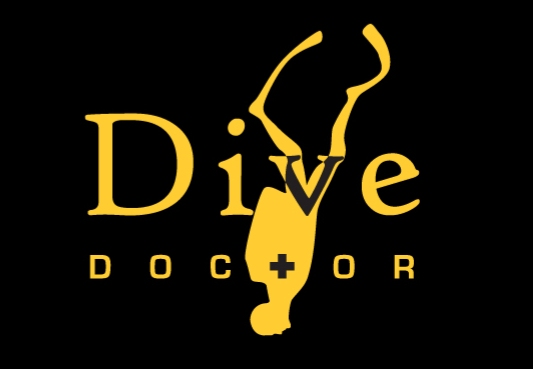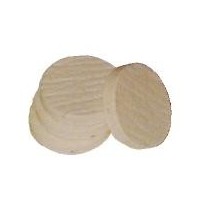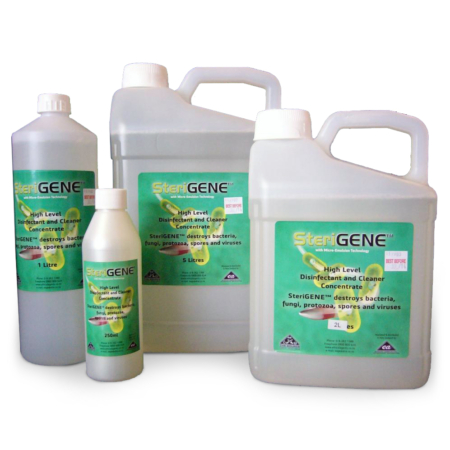Description
Activated Carbon – for Pollution Control. Dive Doctor carbons are among the most powerful adsorbents available due to their base composition, high density, low dust, and high capacity characteristics. This media is your choice for adsorbing both condensable and vaporous hydrocarbons (lubricants) and is also quite effective in cornering odors, organics, as well as halogenated solvents. Carbon Monoxide is not removed by activated carbon air filters. Activated carbon is charcoal that has been treated with oxygen to open up millions of tiny pores between the carbon atoms The use of special manufacturing techniques results in highly porous charcoals that have surface areas of 300-2,000 square metres per gram. These so-called active, or activated, charcoals are widely used to adsorb odorous or coloured substances from gases or liquids. The word adsorb is important here. When a material adsorbs something, it attaches to it by chemical attraction. The huge surface area of activated charcoal gives it countless bonding sites. When certain chemicals pass next to the carbon surface, they attach to the surface and are trapped. Activated charcoal is good at trapping other carbon-based impurities (“organic” chemicals), as well as things like cholrine. Many other chemicals are not attracted to carbon at all — sodium, nitrates, etc. — so they pass right through. This means that an activated charcoal filter will remove certain impurities while ignoring others. It also means that, once all of the bonding sites are filled, an activated charcoal filter stops working. At that point you must replace the filter. When using repackable cartridges, all filter materials must be firmly compacted so that they will not move around in the cartridge and break up during use. Only filter cartridges that have been designed for repacking should be repacked. Please note that some manufacturers do not recommend repacking of filter cartridges. As a general precaution always make sure that pads fit securely into the filter cartridge housing. There should be no gaps between the edge of the pads and the filter cartridge internal wall. Leakage of filter materials could occur if there is not a secure fit. Filter materials should be repacked in such a way that there is no movement of the filter chemicals within the cartridge. Lightly tapping the cartridge housing and then tamping down the pad on the chemical should settle the filter chemicals so that they will not dislodge during use which could possibly contaminate the air system. Do not crush the chemicals! Take careful note of the component order within the cartridge. If you have any questions on repacking your filter please feel free to contact us







